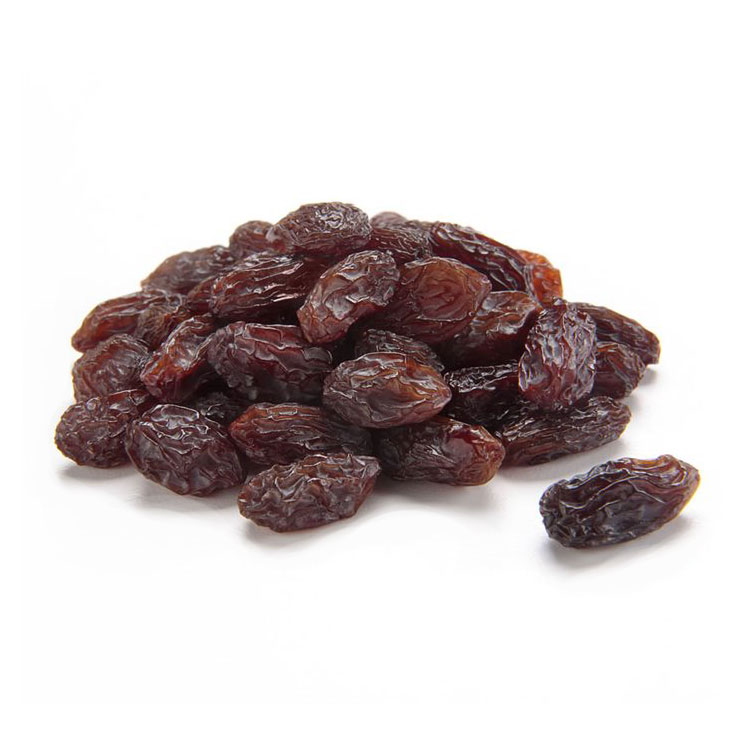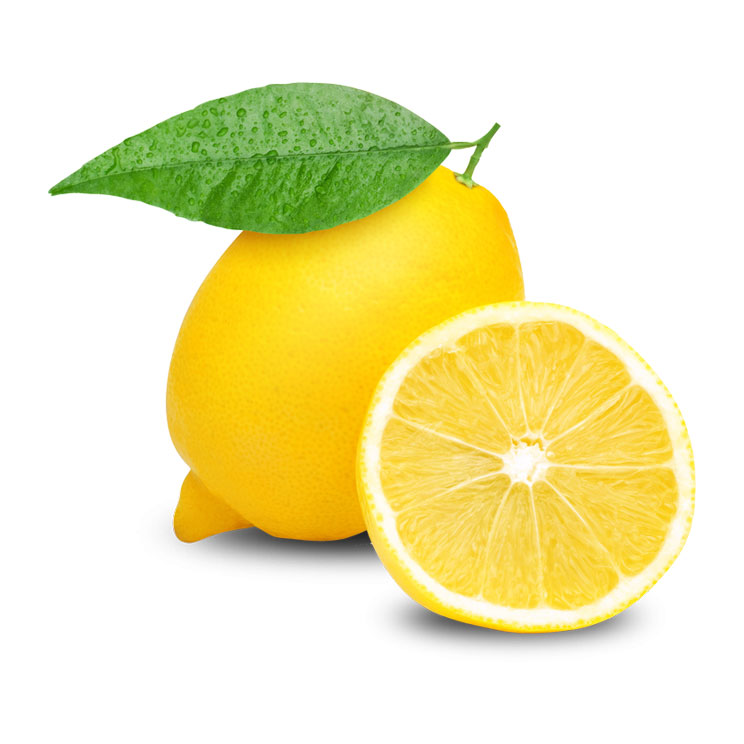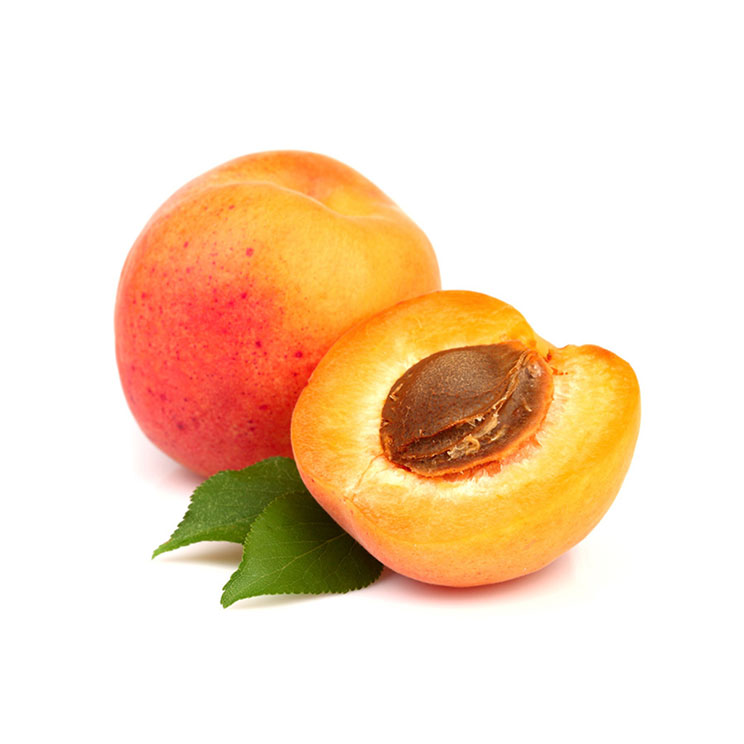Tangerines

The tangerine, also known as mandarin, is the fruit of one of the smallest trees in the citrus family, the Citrus reticulata. The history of the fruit goes way back, tracing its origin to China, well over 3,000 years ago. It is said that this delicious fruit was named after the mandarins, powerful senior government officials of the Chinese empire, in honor of the color of their uniforms, but also because these fruit were often exchanged as gifts on momentous occasions like the Chinese New Year because they were traditional symbols of abundance and good fortune.
It is available from November to late March. There are several varieties of tangerine, many of which are derived from the cross between tangerines and other members of the citrus family.
The variety that has won over the majority of international consumers is named “Clementine”.
These are the most popular tangerine varieties along with their period of availability:
- CLEMENTINES- November to January
- ORTANIK- February-March
- MINNEOLA- December to February
- NOVA- November to January
Production Process
The produce harvesting is carried out by experienced personnel, members of our staff because we feel that the harvest is a key factor in the entire process, just as important as he growing process, in ensuring the final quality of the product. Harvesting always takes place after the grade sugars (brix) have been measured and accepted by our specialists and of course after the various interventions taken to ensure the plants viability have been checked out by the health inspectors. The harvest is carried out with special tools all of which are sanitized before each use. The produce is packaged in plastic containers and transported by our privately owned fleet of container trucks. Our work force consists of trained packaging people who work under the constant supervision of the production manager and the quality controller. As with all our products the grapes are packaged according to the specific requirements of each client.
The tangerine, also known as mandarin, is the fruit of one of the smallest trees in the citrus family, the Citrus reticulata. The history of the fruit goes way back, tracing its origin to China, well over 3,000 years ago. It is said that this delicious fruit was named after the mandarins, powerful senior government officials of the Chinese empire, in honor of the color of their uniforms, but also because these fruit were often exchanged as gifts on momentous occasions like the Chinese New Year because they were traditional symbols of abundance and good fortune.
It is available from November to late March. There are several varieties of tangerine, many of which are derived from the cross between tangerines and other members of the citrus family.
The variety that has won over the majority of international consumers is named “Clementine”.
These are the most popular tangerine varieties along with their period of availability:
- CLEMENTINES- November to January
- ORTANIK- February-March
- MINNEOLA- December to February
- NOVA- November to January
Seasonality
| Jan | Feb | Mar | Apr | May | Jun | Jul | Aug | Sep | Oct | Nov | Dec | Exportable |
|---|---|---|---|---|---|---|---|---|---|---|---|---|
| Jan | Feb | Dec | Exportable |
|---|---|---|---|






